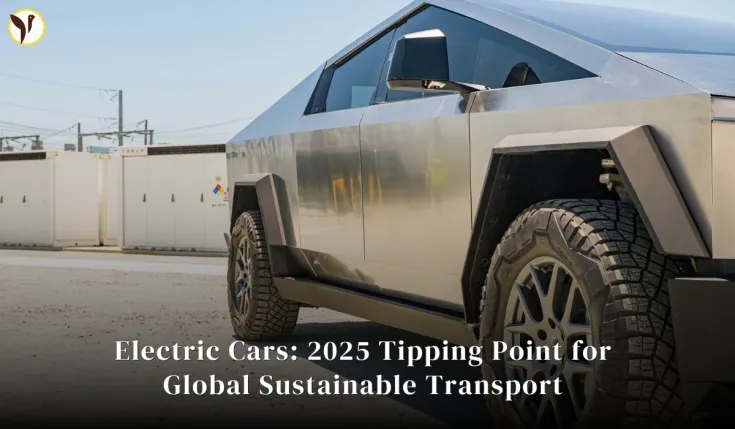The Electric Car Revolution: It's Happening, Faster Than You Think
Have you heard the quiet hum? It’s the sound of electric motors slowly but surely replacing the roar of gas engines across the globe. From the bustling streets of Beijing to the vibrant markets of Kigali, electric vehicles (EVs) are taking off, and it's happening especially fast in developing nations. It’s not just a trend; it’s a shift driven by smart economics, growing environmental awareness, and a desire for energy independence. Honestly, who saw this coming at this pace?
Why 2025 Feels Like a Turning Point
Rob de Jong, the head of UNEP's Sustainable Mobility Unit, thinks 2025 is a huge year for EVs in lower and middle-income countries. Why? Because the price difference between EVs and gas-powered cars is shrinking fast. In places like China, government subsidies have brought the cost of a family EV down to around $15,000. That's affordable for many families. And the long-term running costs? Way lower. You’re saving money on gas, and that’s a big deal for most people.
Big Wins for Developing Countries
The benefits of widespread EV adoption in developing countries are huge. Cleaner air is a massive one—air pollution is a leading cause of death worldwide, and EVs dramatically reduce that pollution. Less reliance on expensive imported oil means greater energy security. It also boosts the growth of domestic renewable energy, creating green jobs in manufacturing and infrastructure. And, of course, it significantly cuts greenhouse gas emissions, which are a major driver of climate change. It's a win-win-win situation.
Beyond Cars: Two and Three-Wheelers Join the Party
While electric cars get a lot of attention, the shift is even bigger when you consider motorcycles and three-wheelers—the main forms of personal transport in many developing nations. Electric versions are now becoming cost-competitive, so we’re expecting a fast transition in places like West Africa, East Africa, and Southeast Asia. This is going to change daily life for millions of people.
Roadblocks and Solutions
It's not all smooth sailing, though. There are still challenges. Lack of awareness about EVs is one. Standardizing technology—things like charging plugs and batteries—is another. Access to financing is also a hurdle. But there’s progress. Innovative solutions like battery-swapping stations are popping up to address infrastructure limitations. The fossil fuel industry is, understandably, fighting back, but the momentum towards EVs is undeniable. It feels like a slow-motion train wreck for the old way of doing things.
Some Examples of the EV Boom
Let's look at a few examples. In India, the MG Windsor EV is priced around ₹14-16 lakh (ex-showroom), offering a decent range and features. In the UK, Ford offers various EV models with incentives like free home chargers and installation, plus free charging for a certain amount of miles. This makes a huge difference in adoption rates.
The electric vehicle revolution is well underway. Affordability, environmental concerns, and the push for a cleaner future are all driving forces. There are still challenges, of course, but the long-term outlook for EVs is incredibly positive. It's a change that's good for the planet and good for people’s wallets. It's hard not to be excited about the possibilities.






